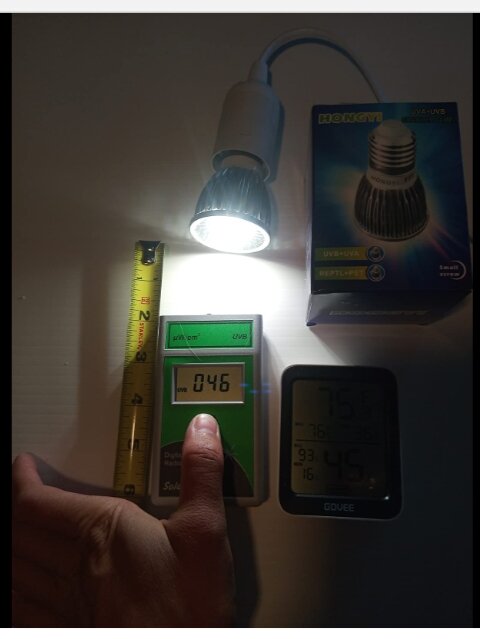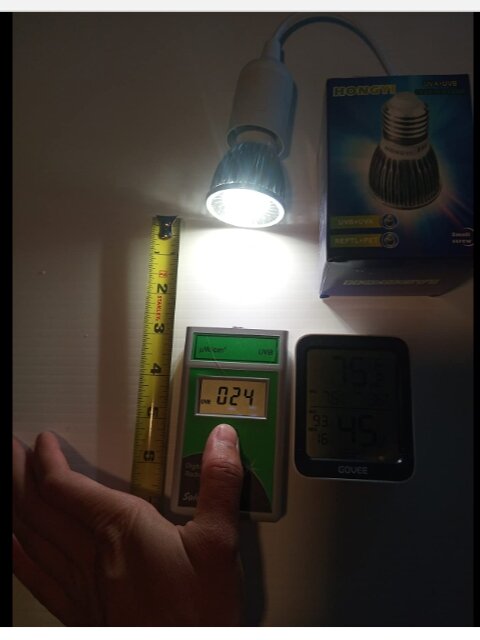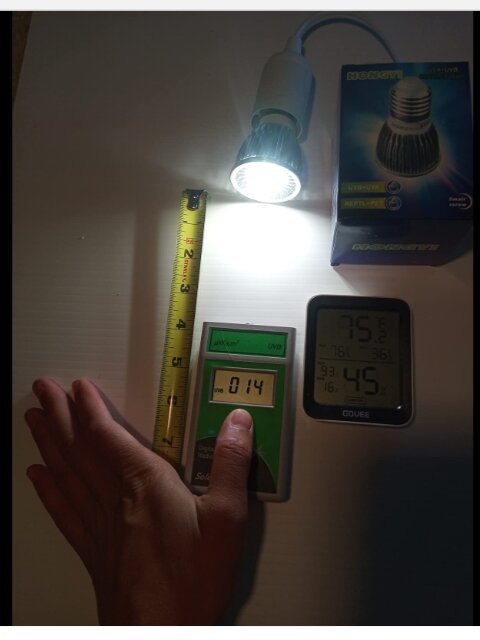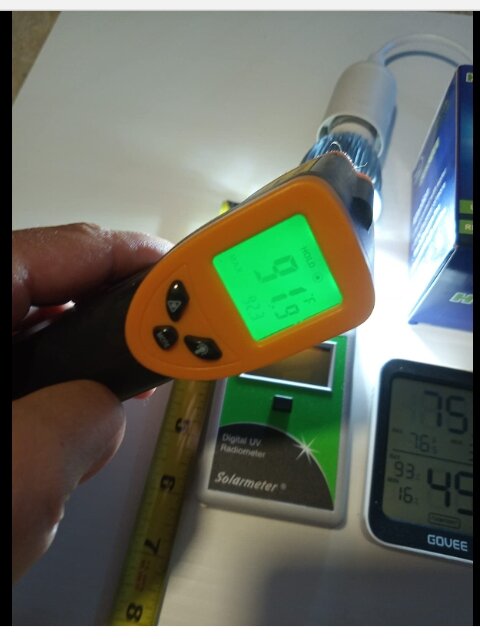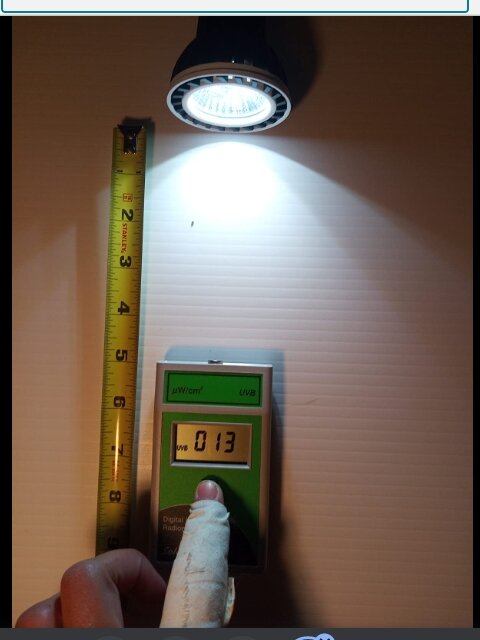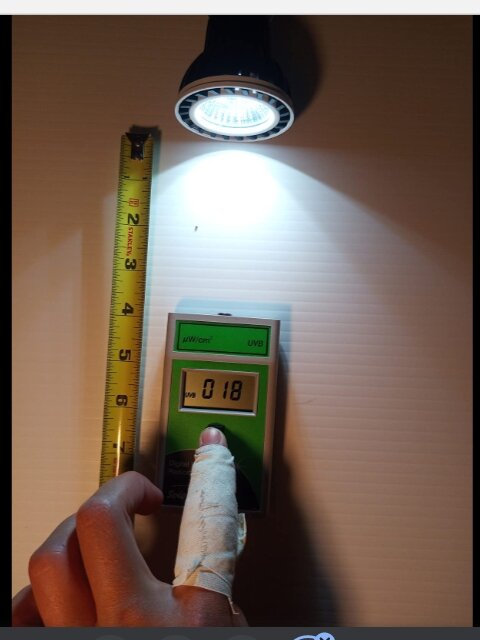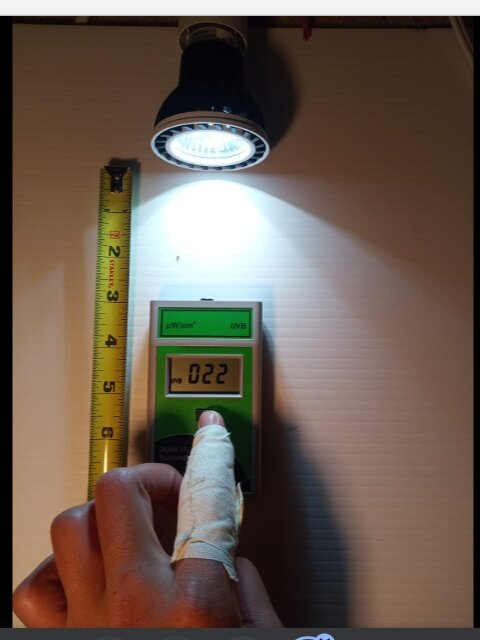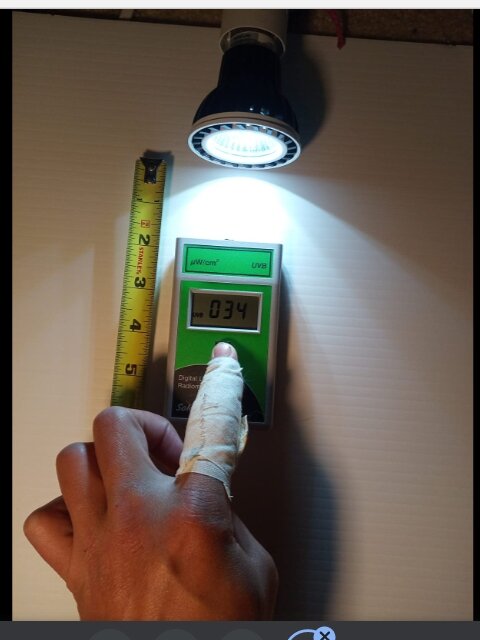Thatwizard420
Chameleon Enthusiast
I was watching one of my favorite youtubers, and I foud something interesting.
LED Bulb with UVB- UVA- and 6500k spectrum for plants.
Have anyone tried it?
LED Bulb with UVB- UVA- and 6500k spectrum for plants.
Have anyone tried it?






